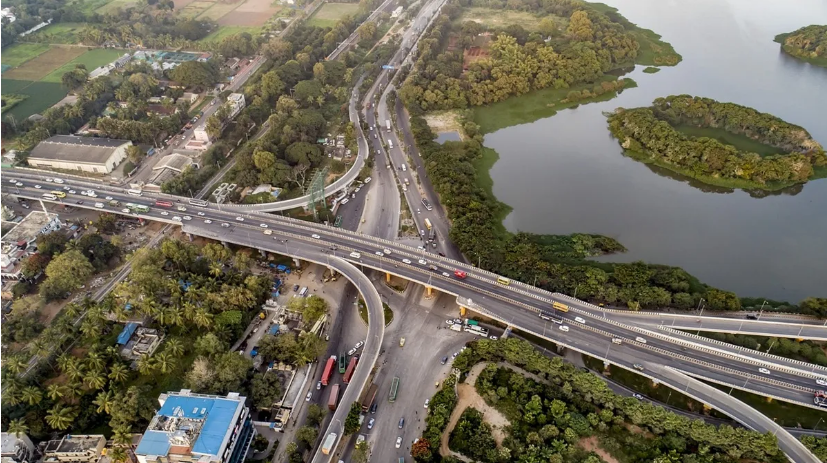Bengaluru’s first double-decker flyover is now in the final phase of construction and is expected to become fully operational by December 2025 or early 2026. The ambitious project has been designed with two levels of carriageways to ease the growing pressure of traffic on one of the city’s busiest routes. Once completed, it is expected to significantly reduce congestion, cut travel time, and provide smoother connectivity for daily commuters who often spend hours navigating the city’s gridlocks.
The double-decker design will allow traffic to be distributed across two levels, reducing the strain on ground-level roads and creating a more efficient flow of vehicles. This marks a major step forward for Bengaluru, a city that has consistently ranked among the most congested in India due to rapid urban growth and rising vehicle numbers. Officials involved in the project have confirmed that construction is progressing steadily, with only finishing work, safety checks, and lighting installations remaining before the flyover can be opened for public use.
Urban planners believe this flyover could serve as a model for similar multi-level infrastructure in other parts of the city, given the scale of Bengaluru’s traffic challenges. While experts stress that long-term solutions will also require stronger public transport systems and better traffic management, the project is seen as an important milestone in addressing the city’s immediate mobility needs.
For Bengaluru’s residents, who have long endured daily traffic snarls, the anticipation is high. Many expect that the new flyover will not only save valuable commuting time but also reduce fuel wastage and pollution caused by prolonged idling of vehicles. As the city looks forward to the completion of this landmark project, the double-decker flyover stands as a symbol of how innovative engineering and infrastructure upgrades can reshape urban mobility for the future.
